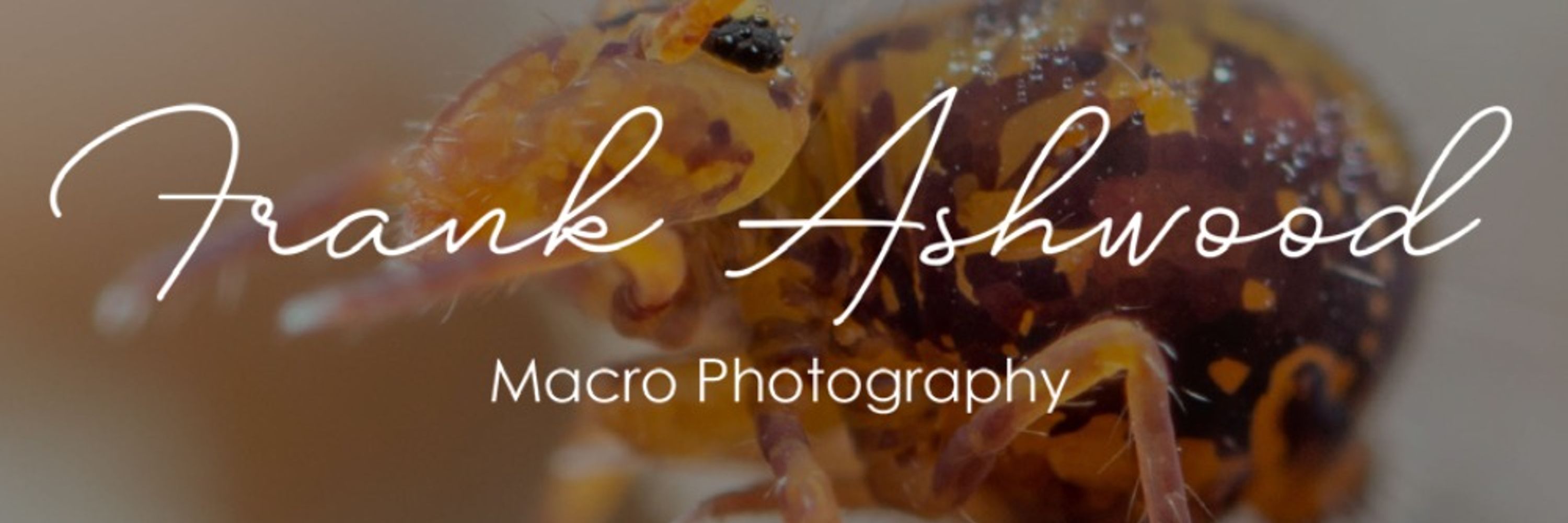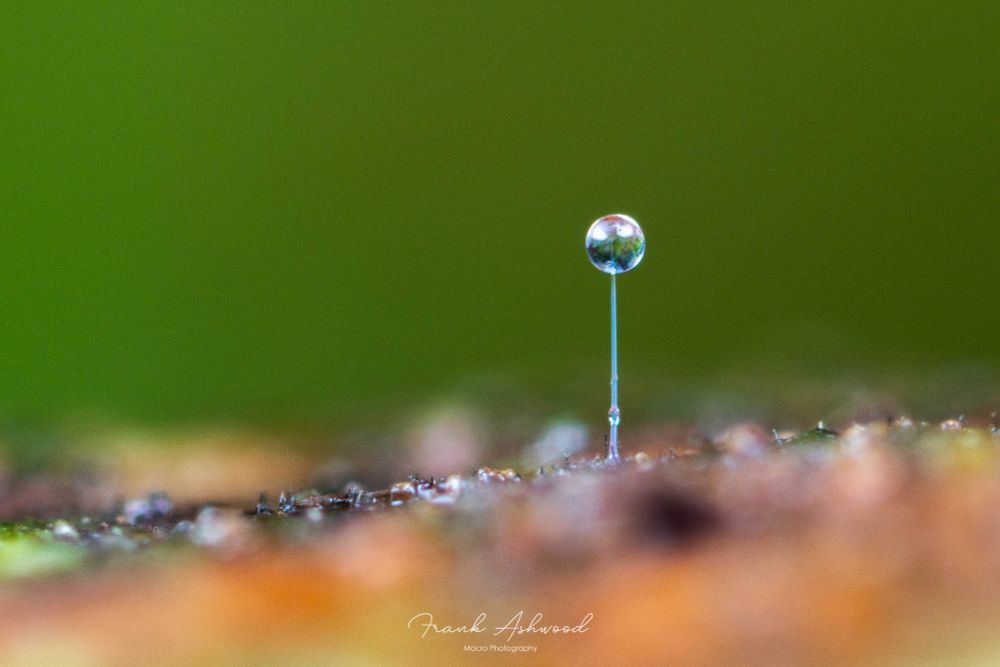Frank Ashwood
@frankashwood.bsky.social
4.4K followers
670 following
640 posts
Soil ecologist & macrophotographer | Author-in-progress | He/Him | www.frankashwood.com
Posts
Media
Videos
Starter Packs
Pinned
Reposted by Frank Ashwood
Reposted by Frank Ashwood
Reposted by Frank Ashwood
Frank Ashwood
@frankashwood.bsky.social
· Jul 12
Frank Ashwood
@frankashwood.bsky.social
· Jul 11
Reposted by Frank Ashwood
Reposted by Frank Ashwood
Frank Ashwood
@frankashwood.bsky.social
· Jun 30
Frank Ashwood
@frankashwood.bsky.social
· Jun 27
Frank Ashwood
@frankashwood.bsky.social
· Jun 27
Frank Ashwood
@frankashwood.bsky.social
· Jun 27
Frank Ashwood
@frankashwood.bsky.social
· Jun 27
Frank Ashwood
@frankashwood.bsky.social
· Jun 27


















